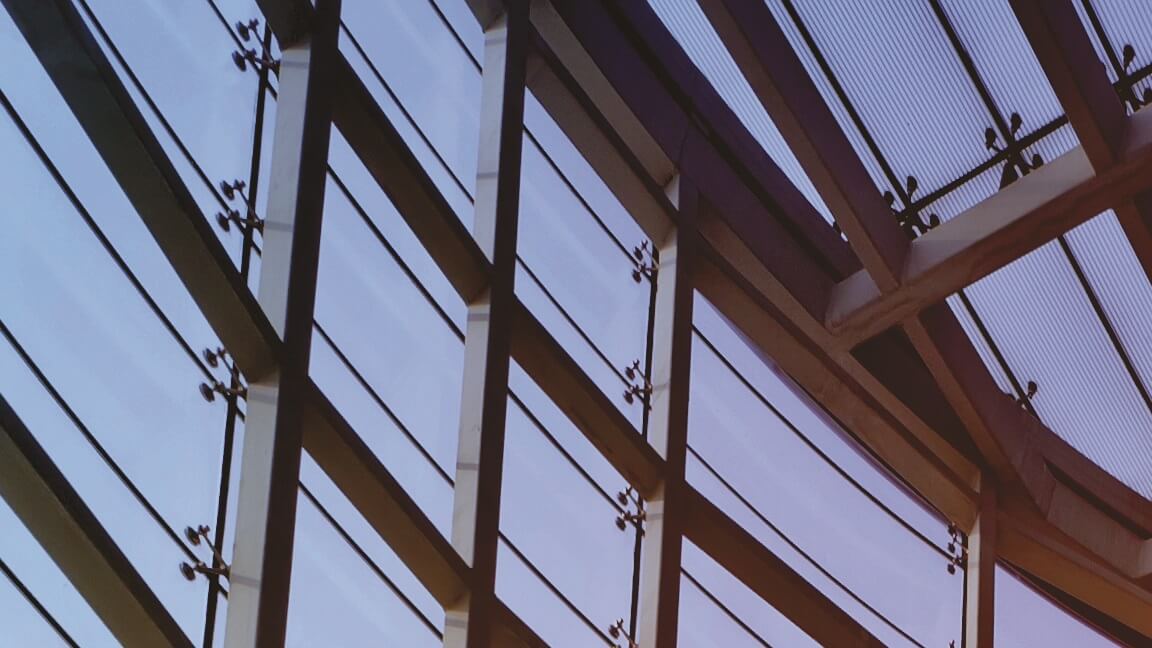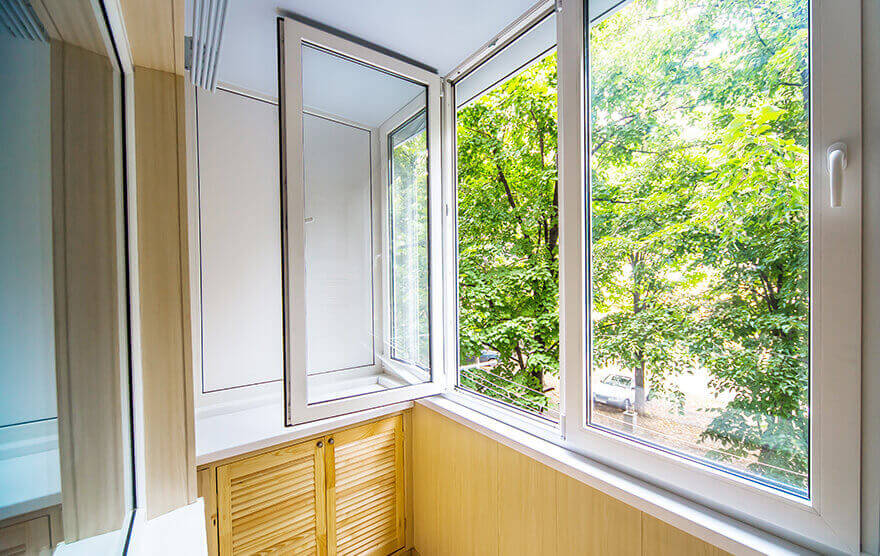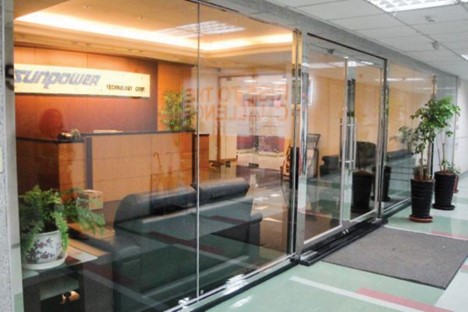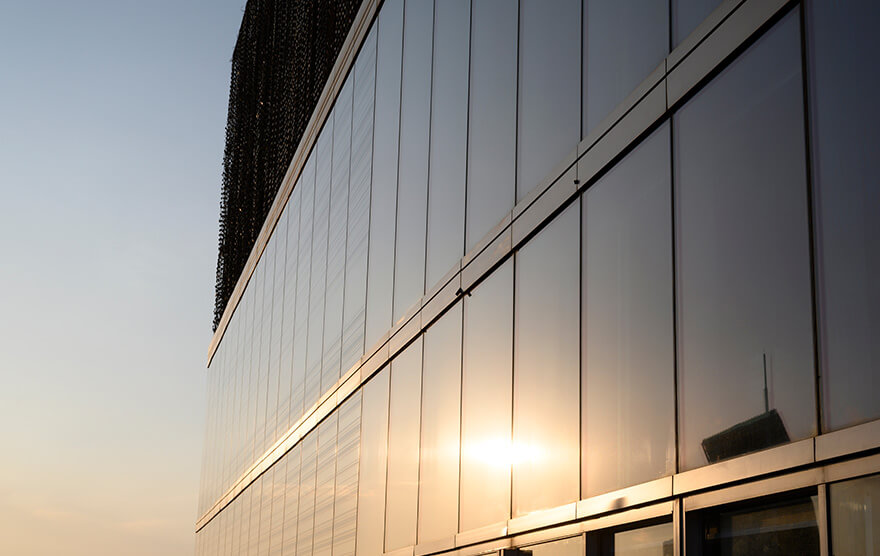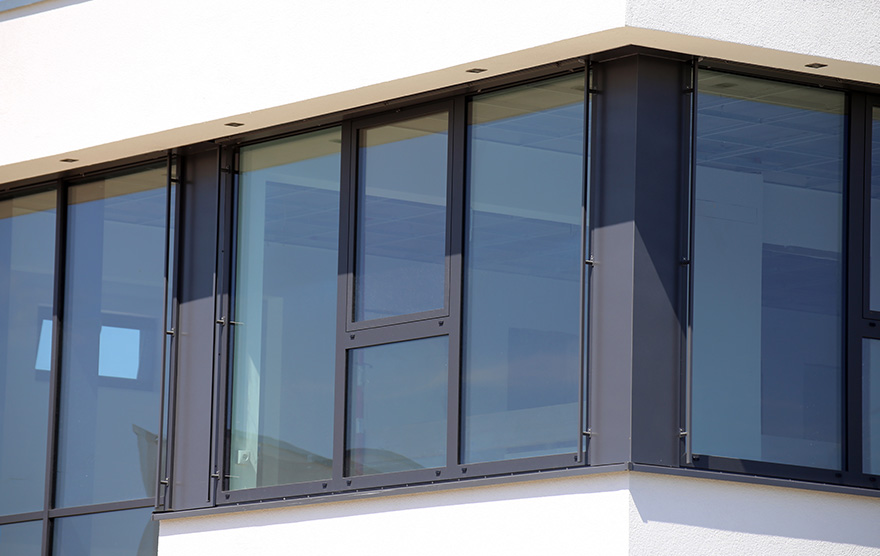Privacy glass is a type of value added glass range for interior and window that uses advanced technology to control light and visibility in your home. Modern architecture is incorporating privacy glass, a glass solution that is cleverly designed and technologically sophisticated, into practically every type of building. The manner that architects and designers use ensures that your space has enough light without obstructing your privacy. Numerous businesses, from the home décor to the hotel sectors, have numerous uses for various privacy glass kinds.
In this article, we’ll discuss the types of privacy glasses and their applications.
So, let’s get started.
Types of Privacy Glass
There are several types of privacy glass available on the market today that offer different levels of visibility and protection from the elements.
- Traditional Frosted Glass
Traditional frosted glass provides a classic and timeless aesthetic that complements various interior design styles. The frosted appearance of the glass helps to distribute and diffuse natural light evenly, creating a soft and pleasing ambiance in the space. Moreover, Frosted Glass can be customized with different levels of opacity or patterns, allowing for personalized privacy solutions that suit specific needs and design preferences.
- Modern Switchable Privacy Glass
The more modern switchable privacy glass, like the AIS Swytchglas, utilizes cutting-edge glass technology and can be switched from transparent to opaque at the tap of a button. They offer the ability to switch between transparent and opaque states with a simple tap of a button or through smart automation systems. This allows users to instantly control their privacy needs in real-time. In addition to privacy, switchable privacy glass can also provide sound insulation properties, reducing noise transmission and creating a more peaceful environment. This is the reason why these types of glass are often used in commercial spaces for conference rooms or office dividers, allowing occupants to control how much light and visibility they get.
- Integrated Blinds
Finally, you have integrated blinds! They are not only great for ensuring privacy but also add to the overall appearance of the space while eliminating the typical maintenance problems associated with regular blinds. Integrated blinds offer the convenience of adjustable blinds incorporated directly within the glass unit. This allows users to regulate the amount of light and privacy they desire, providing a comfortable and customizable environment. They seamlessly integrate into the overall appearance of the space, contributing to a clean and modern aesthetic. Moreover, they can be customized with various colors and styles to match the interior design theme.
Privacy Glass Use Cases
Privacy glass can be used in a variety of situations, such as:
- Office spaces to divide workspaces and provide privacy.
- Restaurants to create private dining areas or prevent kitchen smells from entering the dining area.
- Homes to increase security and privacy while allowing natural light into the space.
- Healthcare facilities to ensure patient privacy while still allowing doctors and nurses access.
In all these cases, privacy glass is an excellent option for providing occupants with visibility and light control. With its versatility and convenience, it’s no wonder that more people are turning to privacy glass in their homes and businesses.
The Bottom Line
When it comes to guaranteeing your privacy in a variety of situations, whether it be in your house or a commercial location, privacy glass is the best choice. Installing privacy glass will be a smart move if you are willing to achieve the ideal balance between fashion and necessity with this assistance. Therefore, whether you’re a homeowner or business owner, investing in privacy glass is sure to pay off for years to come.

